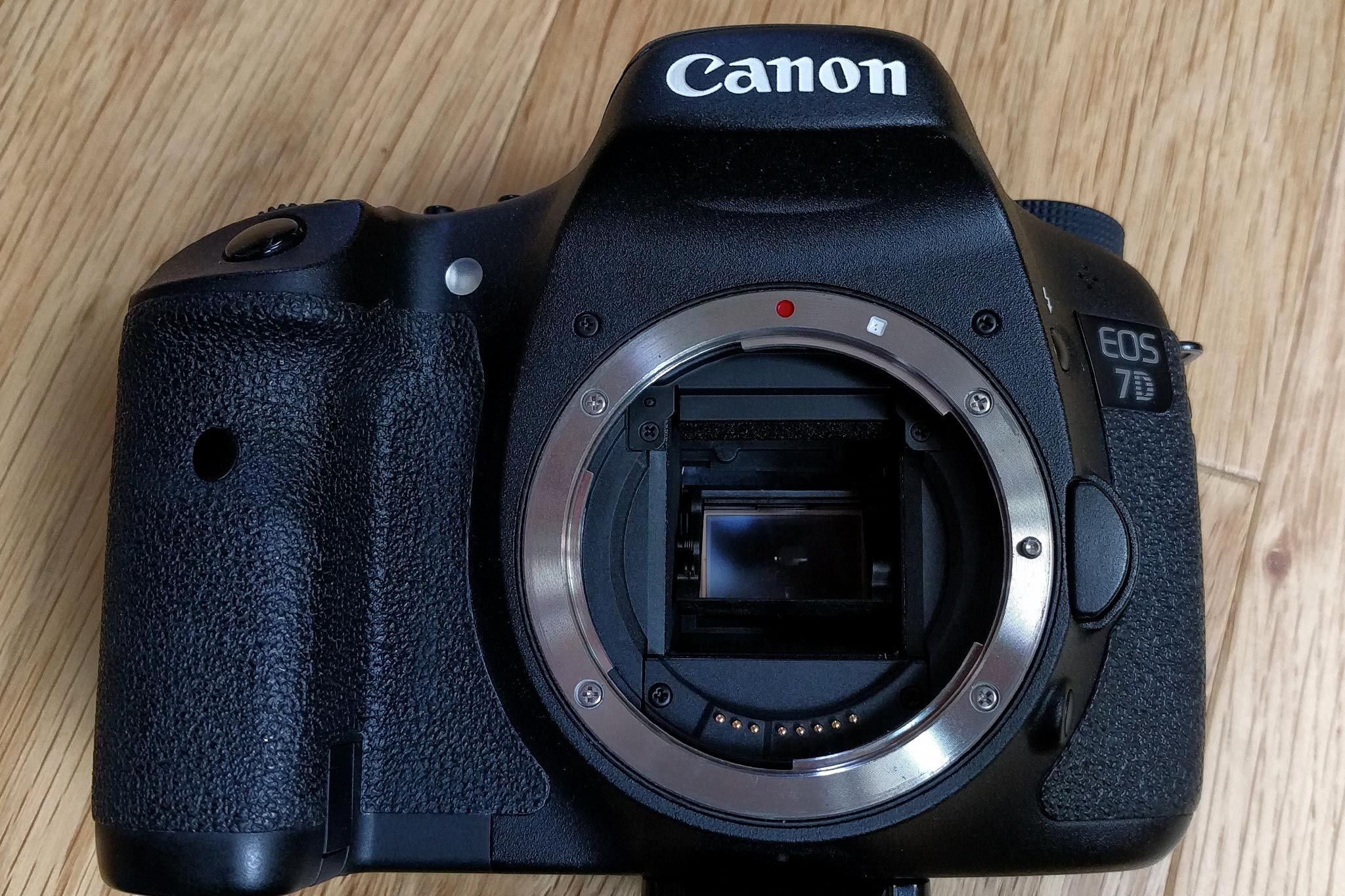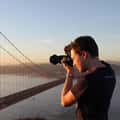Probably one of the best ways to understand how your DSLR works is to see it in slow motion. I thought I knew anything, but this video even got me an aha-moment.
Especially when you are just starting with photography it's important in my opinion to understand how the camera in general works and how an image is created by pressing the shutter button. I am not saying this because I am a man and most of us love all this technical stuff, but because it has an impact on your photography and your results. It's probably comparable to math, because as soon as you understood what happens inside your camera, you don't have to keep all these technical terms in mind anymore.
The Learnings
Well, now you know how your shutter works, but there are 2 details I want to point out, because they seem important to me. First of all you saw that the camera is flipping up the mirror as soon as you press the button, afterwards the light is falling onto the sensor as soon as the shutter comes down and then the sometimes very small gap in the shutter is already closing again and the mirror flips down at the end again. Great to know especially for videos or very fast photos is the fact that's shown very well in the video towards the end. A very fast shutter speed produces diagonal lines when shooting outside a car or even different moments in time, because the light is hitting the sensor during different millisecons.
The other detail is also easy to see when the mirrow flips up, which produces a very tiny shake inside the camera. That's why professional landscape photographers are working with a technique called MLU (Mirror lock-up), which is available in most of the DSLR-cameras by just using the screen instead of the viewfinder to focus and compose your image. By doing this the camera has to flip up the mirror, because otherwise you wouldn't be able to see the video on the screen at the back of your camera. It's a pretty easy way to get even sharper photos and by zooming in into the scene you can even focus manually, which is often the better way to get sharp photos during difficult light situations where the camera has some troubles to get the best possible focus point within your field of view.





Comments (0)